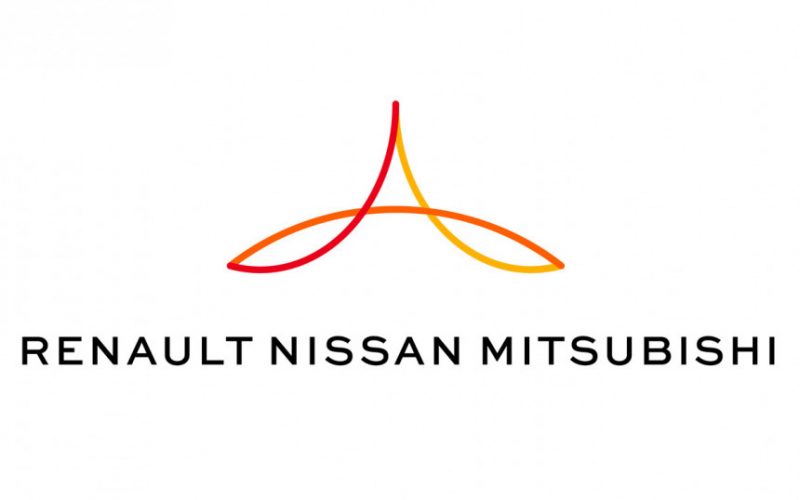The recent few years have been a wild ride for the Renault-Nissan-Mitsubishi alliance. The arrest of the former alliance’s chairman Carlos Ghosn in Japan in 2018 led to the reports of an almost imminent breakup in 2019 (see) only to be followed by the news about even closer collaboration in 2020 (see). So what is going on with one of the largest car manufacturers?
Under Mr. Ghosn the strategy of the united company’s development was virtually all about sales. In the broad sense, it was based on the idea of another great car industry visionary – the late Sergio Marchionne. His target was to sell at least 2 mln. cars worldwide (see). While today this threshold seems a bit too easily overcome by many global brands, plenty of well-known manufacturers still struggle to reach it. And it was even more true in the early 2010s when some famous brands were on the verge (or even over it) of bankruptcy after the Global Financial Crisis.
So maintaining a high sales target has been a priority for almost a decade now. Yes, there have been accompanying goals like production platforms unification, geographic market segments targeting, and decreasing the number of distinct brands. But volume has remained the key, volume is the strategy in the modern car industry.
In this sense, the idea of Renault-Nissan-Mitsubishi breaking up has always seemed doubtful and counterproductive. This being the case Mitshubishi would have certainly gone way under the 2 mln. threshold, while the market power of both Renault and Nissan would have been almost halved. As so many companies know, it’s one situation to compete being the market leader and quite another lagging in the 5-6th place.
It appears that the year 2019, turbulent after Mr. Ghosn’s departure, was followed by an even more chaotic 2020. The major reason for this was the acute fall in demand after the global COVID-19 pandemic hit. It made the group’s management come to the understanding of what has always been quite patent: only keeping the alliance intact regardless of the smaller technical and organizational problems gives all the companies in it a brighter future. More standardization between the technological platforms and even more strict geographic market segments approved in May 2020 seems a natural way to go. Conversely, the recent rumors about a possible Mitsubishi separation (see) appear headed in the wrong strategic direction regardless of the short-term benefits for the management and some shareholders.
